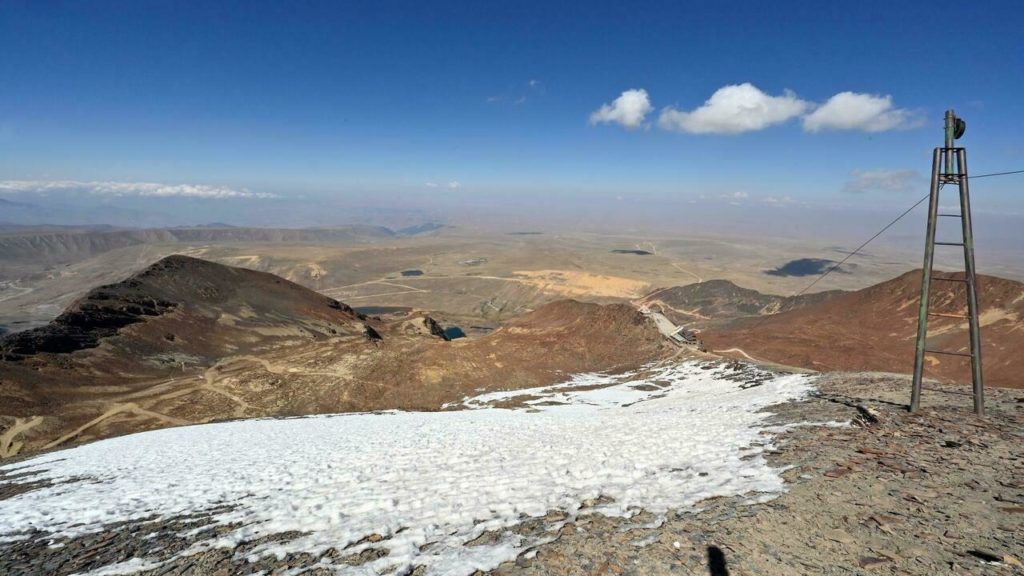3 Mins Read
Documenting a three-week scientific expedition across the Arctic island of Svalbard, award-winning film Voice Of The Glaciers is an eye-opening look at the effects of climate change. Led by director Sindre Kolbjørnsgard, the group overcomes extreme conditions only to be floored by the physical consequences of unsustainable living.
Planned for 11 months and shot in three weeks, Voice Of The Glaciers has made an impact far beyond any initial expectations. Winning ten awards for its potent combination of historical photograph use, breathtaking cinematography, and scientific information, it could be a radical weapon in the fight against climate change denial. In light of the recent reports that Facebook is failing to combat misinformation surrounding the issue, films of this nature are more vital than ever.
“We are the first generation to feel the sting of climate change and we are the last generation that can do something about it.”
The opening dialogue sets the tone of Voice Of The Glaciers, a documentary strategically released during the 2021 United Nations Climate Change Conference. Filmmaker and professional adventurer Kolbjørnsgard used photos dating back to the 1800s to plan the expedition route. This would allow for direct comparisons of the glacial landscapes of the Norweigian archipelago, over two centuries.
Speaking about his motivation, Kolbjørnsgard said: “I’m living as a professional adventurer and leading expeditions all over the world. I’ve climbed some of the highest mountains and sailed the Atlantic Ocean. I want to help people understand that climate change is real from what I’ve seen.”
Proving the point
Recreating photographs and routes taken by previous explorers, Kolbjørnsgard and his companions proved that glaciers are in stark decline. Some have disappeared entirely, affecting the livelihoods of almost 3,000 inhabitants, but pictures alone will not quiet the naysayers. Having experienced previous accusations of image manipulation, Kolbjørnsgard was adamant that film was the only way to get the message across.

Presenting viewers with more than facts, emotive direct-to-camera monologues amplify the message that disappearing glaciers are shocking to behold and all of our responsibility. “I hope Voice of the Glaciers makes you realise, that no matter where you live, your actions influence climate change and can destroy places thousands of miles away like Svalbard. It’s up to all of us to take action now and stop climate change before it’s too late,” Kolbjørnsgard said.
Hitting back at climate misinformation
Facebook continues to be the leading platofrm ignoring climate misinformation. A recent study found that an estimated 45,000 posts creating distrust in climate change findings have gone unvetted. In addition, more than 195 pages and groups dedicated to posting them were discovered.
On top of what many consider to have been a disappointing COP26 outcome, irresponsible posts being permitted on social platforms have been shown to confuse readers and lead them to continued belief in ‘fake news’. The result is a slower uptake in climate change activism and an increasing need for documentaries such as Voice Of The Glaciers.
Kolbjørnsgard is not the first documentarian to highlight the plight of melting glaciers. Both Glacial Balance and Chasing Ice looked at the impacts of glacial decline, from both scientific and socioeconomic perspectives. Chasing Ice won an Emmy for its 2014 release, but the need for another perspective, just seven years later, shows that the glacier issue has not yet been prioritised.
Voice Of The Glaciers can be streamed on YouTube.
All images courtesy of Sindre Kolbjørnsgard.




